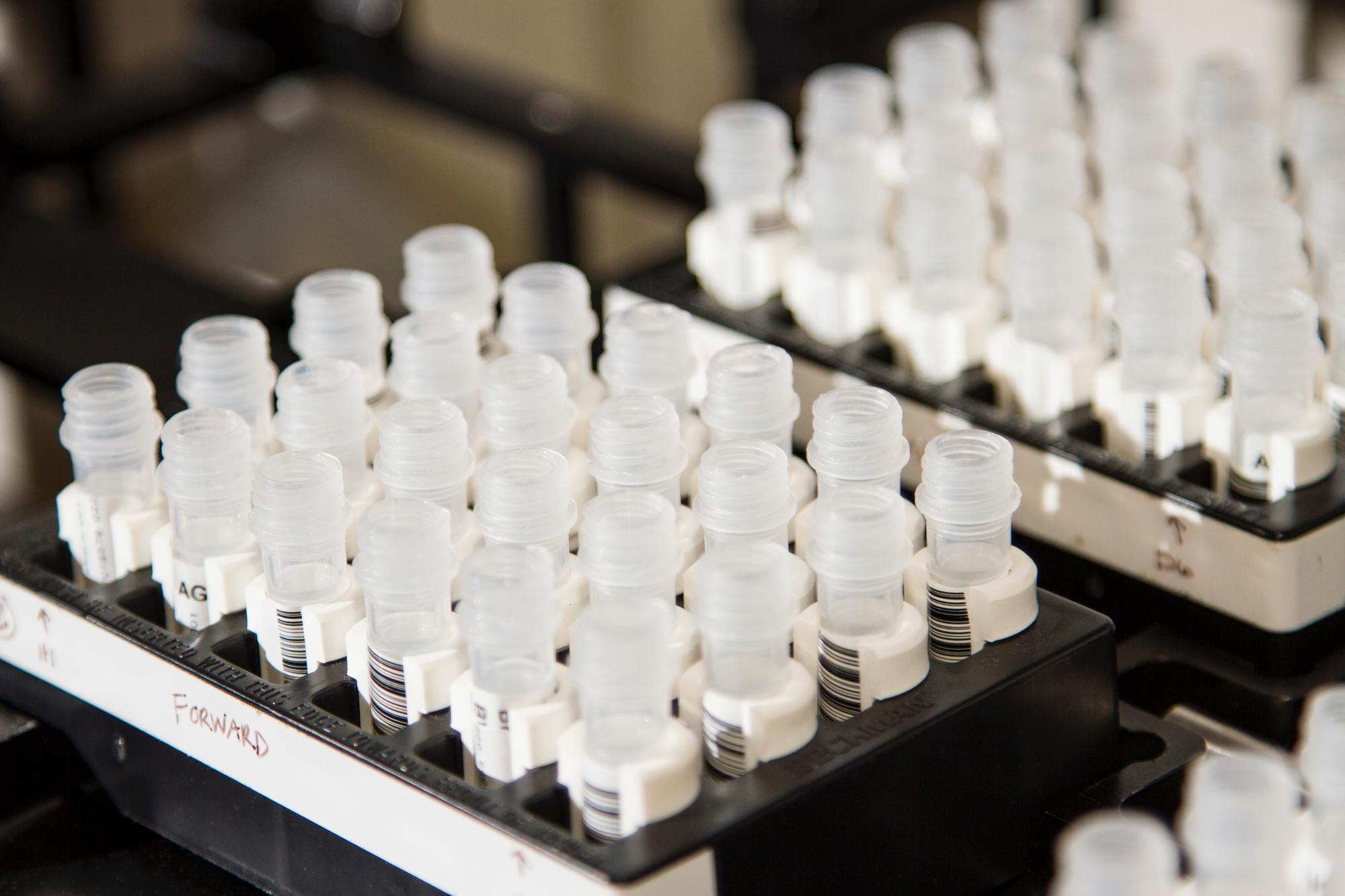In the United States, discrepancies in laboratory test results across state lines are a growing industry concern. Laboratories must navigate a patchwork of federal and state regulations, varied testing methodologies, and differing proficiency expectations—creating a complex landscape that can impact clinical decisions, diagnostics, and patient outcomes.
1. Federal Baseline: CLIA Provides Structure, Not Uniformity
At the center of U.S. laboratory regulation lies the Clinical Laboratory Improvement Amendments (CLIA) of 1988, which sets nationwide standards for laboratory testing of human specimens. Administered by CMS in collaboration with CDC and FDA, CLIA classifies tests by complexity—ranging from waived and moderate to high complexity and laboratory-developed tests (LDTs)—and establishes requirements for certification, oversight, and proficiency testing.
However, CLIA serves as a baseline. States can—and often do—implement additional licensure requirements, fees, inspection routines, or restrictions that exceed federal minimums.
2. The State-by-State Patchwork
Variants among state requirements can be stark:
- Some states, like New York, have especially stringent oversight and review processes for LDTs, making compliance more demanding and time-consuming.
- Licensing policies vary. For instance, Washington State issues a Medical Test Site (MTS) license that also serves as a CLIA certification, meaning labs don’t receive the standard CLIA certificate separate from state-issued credentials.
- In California, laboratories must apply for a state clinical lab license and promptly notify the regulatory body of directorship or ownership changes—or lose licensure—demonstrating active state oversight.
Additionally, some statutes explicitly state that when federal, state, and local standards differ, laboratories must comply with the strictest applicable rule.
3. Real-World Challenges: Reconciling with Interstate Rules
Healthcare systems operating across state lines face operational challenges. For example, patient portals must adjust to various state laws governing the release of lab results—federal “Right to Know” provisions may be preempted by stricter state rules.
Moreover, as highlighted by Needle.tube, managing compliance across multiple jurisdictions introduces complexity, cost, and risk. Labs may face legal repercussions, financial penalties, or reputation damage if they fail to meet both federal and state standards.
4. Technical Variation: Methods, Reagents & Benchmarks
Even when legal frameworks align, technical variation between labs can yield differing results. Variations in analytical methodology, equipment, reagent sources, or statistical models for establishing reference ranges (e.g., using differing population baselines or standard deviation cutoffs) can produce discrepancies in reported values.
Proficiency testing outcomes also differ—historical data under CLIA show variation between hospital-based labs and independent facilities, with disparate rates of satisfactory performance.
5. Industry Push Toward Harmonization
The fragmented landscape has spurred calls for greater national standardization:
- The 2024–2025 FDA regulation now classifies many LDTs as medical devices, introducing standardized registration, review processes, adverse event reporting, and labeling requirements over a phased four-year implementation.
- In other sectors—like cannabis testing—regulatory inconsistency is even more pronounced. A Reuters analysis describes a chaotic array of state-specific rules around licensing, contaminant thresholds, sampling protocols, and even THC calculations. The absence of federal oversight has led to recalls, lawsuits, and business disruptions, prompting an urgent call for unified standards.
6. Why It Matters
When standardization is lacking, the consequences are real:
- For Patients: Diagnostic clarity can suffer when results differ based on geography, leading to misdiagnosis or inconsistent treatment decisions.
- For Laboratories: Compliance becomes resource-intensive. Labs must stay updated with each state’s legal and technical requirements, possibly acquiring multiple licenses and coordinating varied quality control mechanisms.
- For Industry & Policy: Divergent standards erode trust, produce inefficiency, and hinder data comparability essential for research and public health surveillance.
Summary
In essence, while CLIA provides a foundational regulatory framework, state-level variations—from licensure to technical procedures—create a complex and inconsistent environment for laboratories and healthcare providers. This fragmentation is exacerbated by differences in test methodologies and reference standards. Industry momentum and federal activity—particularly around LDT regulation—hint at progress toward harmonization, but significant challenges remain.

